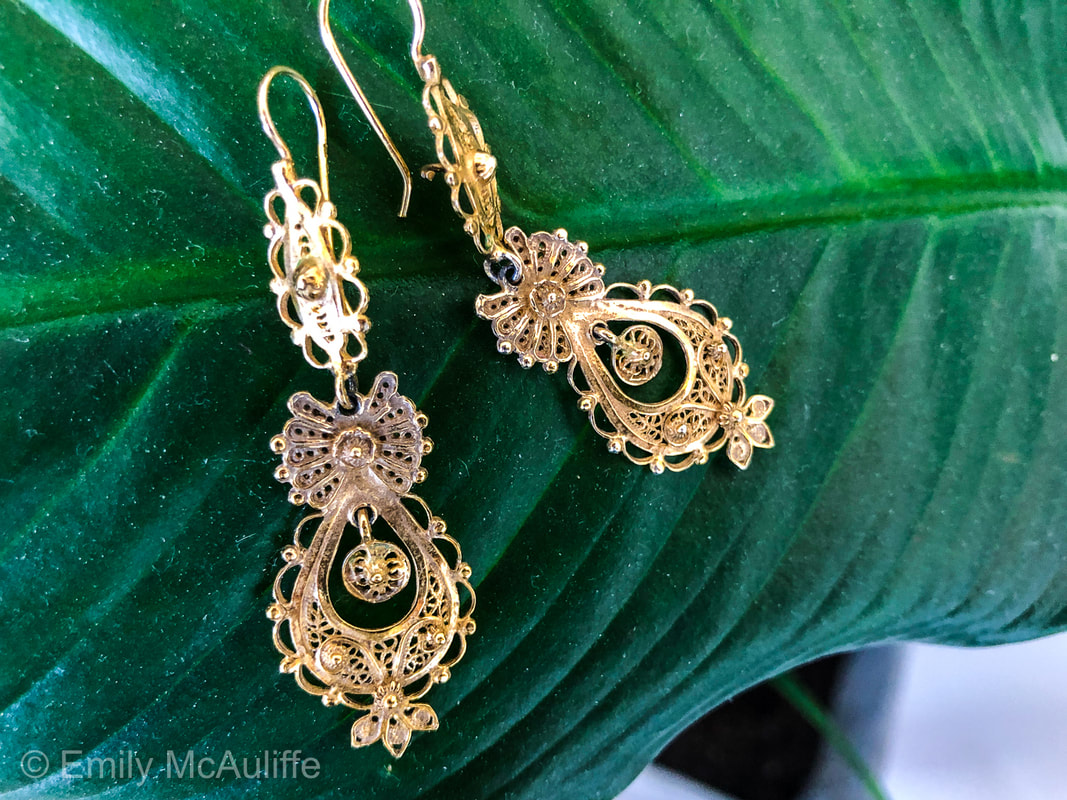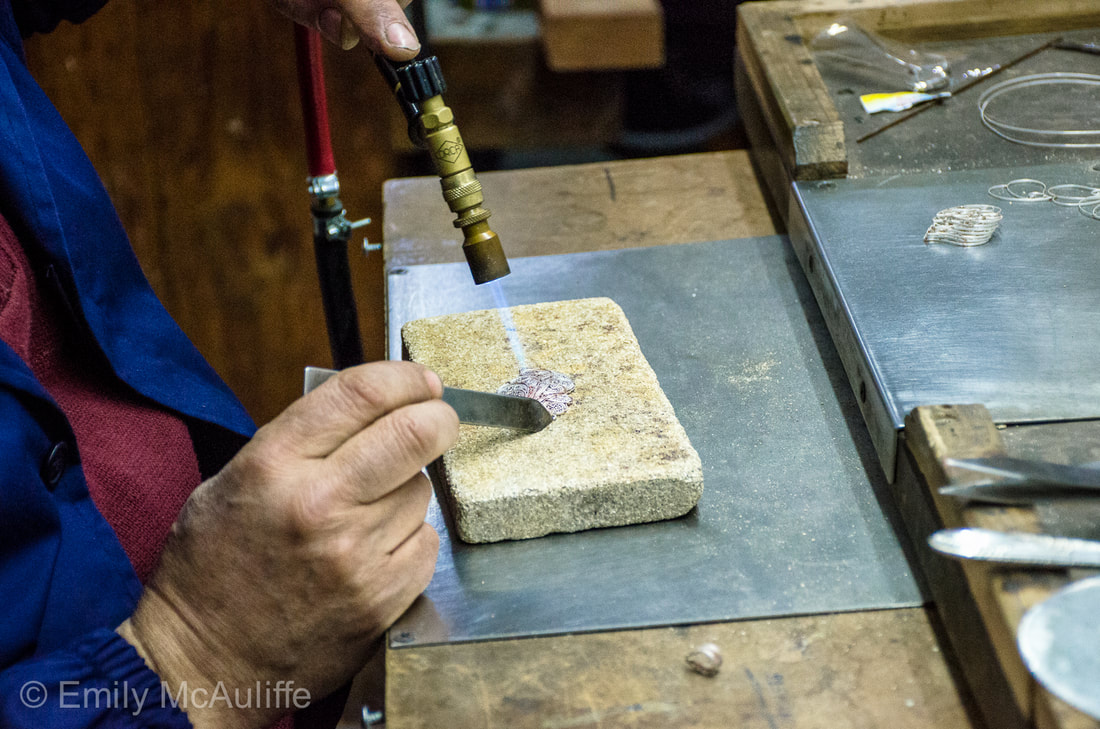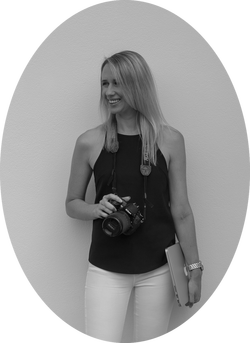- Blog
- About
- Articles
-
Places to visit
- Afife
- Águeda
- Albufeira
- Aljezur
- Almourol
- Alvor
- Amarante
- Arrifana
- Aveiro
- Azenhas do Mar
- Berlenga Grande Island
- Braga
- Caminha
- Cascais
- Castelo Branco
- Coimbra
- Condeixa-a-Nova
- Covilhã
- Douro Valley
- Ericeira
- Espinho
- Évora
- Fátima
- Figueira
- Figueira da Foz
- Funchal, Madeira
- Gondomar
- Guimarães
- Lagoa Comprida
- Lagos
- Leça da Palmeira – Vila do Conde
- Leiria
- Lindoso
- Lisbon
- Loriga
- Manteigas
- Marvão
- Miramar
- Monção
- Monsanto
- Montemor-o-Velho
- Nazaré
- Óbidos
- Peneda-Gerês National Park
- Peniche
- Piódão
- Ponta Delgada, São Miguel Island (Azores)
- Ponte da Barca
- Ponte de Lima
- Portimão
- Porto
- Praia da Costa Nova
- Praia da Ribeira do Cavalo
- Praia da Rocha (Portimão)
- Praia de São Julião
- Rota Vicentina
- Sagres
- Sandomil
- Santa Maria da Feira
- Seia
- Serra da Estrela
- Sesimbra
- Sintra
- Sintra-Cascais Natural Park
- Soajo
- Tomar
- Valença
- Valongo
- Viana do Castelo
- Videos
- Facts
- Press
- Contact
|
I’m not much of a souvenir collector when I travel, but something I’ve found to become a cherished keepsake is jewellery. It’s lighter on the suitcase compared to furniture or ceramics, and much less useless than a snow dome or bottle opener (I’ve found zero of the former and just one of the latter sufficient for everyday living). So, to let you in on Portugal’s precious treasures, I’ll introduce you to the wonderful world of filigree. But first up, what is filigree? Filigree jewellery (or filigree jewelry for those unaccustomed to my Aussie spelling) consists of quilled threads of super-fine gold or silver, typically fashioned into delicate pendants, earrings and rings that resemble a glittery lace. At this point I should mention that filigree is not a Portuguese invention as such – the art dates back many moons and then some. There are claims that filigree was first found on the Iberian Peninsula (the area where Portugal now stands), but it was a likely import. A number of Portuguese people I’ve spoken to say filigree emerged with the Phoenicians. This seems plausible, given the people of this ancient Middle Eastern-born civilisation fronted up in what we now know as Portugal around the ninth century BC. They are renowned as skilled seafaring traders, so jewellery was almost certainly part of their portfolio. In these globetrotting hands, filigree was bestowed a geographical scattering and dropped roots in many cultures. This includes India and other parts of Asia, and countries across Europe, including Italy, France and Germany. Designs then evolved in each country and region, and this is where my focus will turn to Portugal. Portuguese filigree Despite not being the original or exclusive purveyors of filigree, the Portuguese took up the craft with gusto. Filigree (filigrana in Portuguese) has since become one of the country’s most symbolic art forms. Portuguese filigree can largely be traced to the north of the country. If you start paying attention to the jewellery shops around Portugal (and look at prints on various knick-knacks), you’ll notice a lot of protuberant hearts with their pointy tip slightly skewed to one side. This is called the heart of Viana (or curação de Viana) and is the most traditional filigree design in Portugal. It’s a symbol of the Minho region in the north and references the town of Viana do Castelo. The heart shape is attributed to the Roman Catholic devotion to the Sacred Heart of Jesus. Layers of chunky gold filigree are still part of Viana’s local folklore and are worn during processions and festivals, such as the Romaria de Nossa Senhora d’Agonia (Festival of Our Lady in Sorrow) in August. The pieces are proudly passed down through families. As time went on, the town of Gondomar, 15 kilometres east of Porto, became Portugal’s filigree hub (and jewellery-making hub in general). Gondomar’s Rua de Ourives (Silversmith Street) is a nod to a tradition that carries through to the present day. Here, the jewellery-making trade is passed from generation to generation, and I’m told by locals that kids growing up the area used to head to the workshops after school; it was their version of playing in the street (and incidentally/strategically kept them off the streets). Another place key to filigree’s origins is the goldsmithing town of Travassos east of Braga, where you can visit the small gold museum Museu do Ouro (call or email ahead to check opening times). How is filigree made? Having witnessed the making of a Viana heart at the ARPA workshop in Gondomar, here’s an outline of the heart and soul that goes into its creation. The artisan starts with a piece of gold or silver wire and wraps it around a mould of the desired shape, such as a heart. A few anchor points may also be added through the middle using this ‘thick’ wire. Everything is soldered into position using a flame in much the same way you’d crisp up a crème brûlée. Then, under a spotlight, comes the fiddly part. Tiny tweezers and blunted knives are used to curl super-fine wire into a lace-like pattern. The wire is roughly the width of two hair strands twisted together. To the untrained it looks like an impossible feat, but with many years of practice, the craftspeople make swift work. Like touch-typing on a keyboard, their fingers just seem to know what to do. After a few final nips and tucks, the intricately woven piece gets a belting. Yep, that gentle curve comes from bashing the pendant into the divot of a wooden block. Typically, a few embellishments are affixed to the front, then, looking dull and grimy, the piece is given a bath and polished to a high sheen. Simple! :/ Buying filigree in Portugal When in Portugal, certainly consider picking up a filigree souvenir along with your Tram 28 postcard and sardine tea towel. In doing so, you’ll help support and industry and art form that is an important aspect of Portuguese culture. You’ll also have a pretty, wearable reminder of your trip. To get an appreciation of the skill involved in filigree making and to better understand the historical significance to Portugal, I’d recommend organising a tour to a workshop along the Rota da Filigrana (Filigree Route). You can book visits in Gondomar on the Gondomar tourism website (or call or send them an email for more info, yes they speak English). If you’re looking to purchase a piece, you’ll find filigree in jewellery stores around the country. Of course, there are a few fakes (if you see a Viana heart for €5 in a trinket store, buyer beware), but most reputable-looking jewellery stores will have the real deal. Ask a few questions about where and how the piece was made – after reading the above you should be armed with some knowledge :-)
5 Comments
4/4/2019 09:18:48 pm
Dear Portugal Wire - to whom it may concern,
Reply
7/4/2019 02:30:49 pm
I'll email you directly about this :-)
Reply
19/8/2020 10:54:59 am
Hi Emily
Reply
Stephen anthony worsley
4/6/2022 03:21:42 pm
I want to drop a pigeons blood chip into an earring stud & my 15.2 k needs silver repair.
Reply
Leave a Reply. |
AboutThe Portugal Wire is the blog of Australian travel writer, copywriter and photographer Emily McAuliffe. Previous postsThings you might not know about Portugal A brief history of Portugal Who was the first person to sail around the world? (Hint: he was Portuguese ... and then he wasn't) A quick overview of Portugal's economy 25 April: a shared day in history for Australia and Portugal Portugal's bridges: go big or go home Portugal and Spain: same same but different? Interesting facts about Porto Traditional Portuguese food: what to eat and drink in Portugal Who are they? Famous names on the streets of Portugal Interesting facts about Lisbon Uncovering Porto's secret gardens Lonely Planet Instagram takeover: sharing some of my favourite hidden spots in Portugal In the news... my feature in Portugal's national newspaper Diário de Notícias On board the Presidential train in Portugal's Douro Valley When the lion mauled the eagle (Porto) Kicking design goals: Cristiano Ronaldo & Pestana's CR7 hotels Lovely Lisbon: my top picks of where to eat, drink, visit and stay in Portugal's capital city Porto street art: fighting the good fight The best places to visit in Lisbon: 5 of my favourite neighbourhoods Big waves in Nazaré: my favourite beach town in Portugal Best things to do in Porto Portuguese wine: yes, the wines of Portugal extend far beyond port Portuguese architecture Part I: Manueline style Portuguese architecture Part II: Pombaline style When is the best time to visit Portugal? Food to try in Porto: northern Portuguese cuisine explained Filigree designs: the beauty behind traditional Portuguese jewellery Archive
December 2019
Categories
All
|
THE PORTUGAL WIRE
Emily McAuliffe
- Blog
- About
- Articles
-
Places to visit
- Afife
- Águeda
- Albufeira
- Aljezur
- Almourol
- Alvor
- Amarante
- Arrifana
- Aveiro
- Azenhas do Mar
- Berlenga Grande Island
- Braga
- Caminha
- Cascais
- Castelo Branco
- Coimbra
- Condeixa-a-Nova
- Covilhã
- Douro Valley
- Ericeira
- Espinho
- Évora
- Fátima
- Figueira
- Figueira da Foz
- Funchal, Madeira
- Gondomar
- Guimarães
- Lagoa Comprida
- Lagos
- Leça da Palmeira – Vila do Conde
- Leiria
- Lindoso
- Lisbon
- Loriga
- Manteigas
- Marvão
- Miramar
- Monção
- Monsanto
- Montemor-o-Velho
- Nazaré
- Óbidos
- Peneda-Gerês National Park
- Peniche
- Piódão
- Ponta Delgada, São Miguel Island (Azores)
- Ponte da Barca
- Ponte de Lima
- Portimão
- Porto
- Praia da Costa Nova
- Praia da Ribeira do Cavalo
- Praia da Rocha (Portimão)
- Praia de São Julião
- Rota Vicentina
- Sagres
- Sandomil
- Santa Maria da Feira
- Seia
- Serra da Estrela
- Sesimbra
- Sintra
- Sintra-Cascais Natural Park
- Soajo
- Tomar
- Valença
- Valongo
- Viana do Castelo
- Videos
- Facts
- Press
- Contact








 RSS Feed
RSS Feed